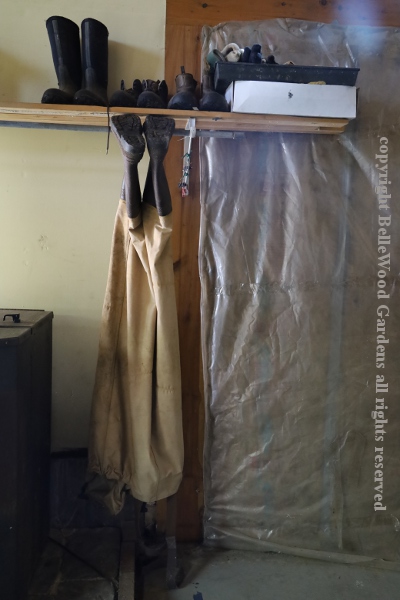 .
.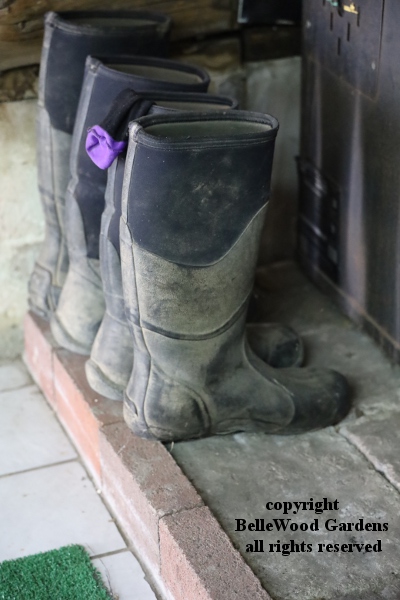
A look inside the office makes it clear that staff often does more than dip a toe in the water.
.
If you have any comments, observations, or questions about what you read here, remember you can always Contact Me
All content included on this site such as text, graphics and images is protected by U.S and international copyright law.
The compilation of all content on this site is the exclusive property of the site copyright holder.
Other Water Plants at Aquascapes Unlimited Nursery
Friday, 26 July 2019
As I mentioned in Part One, Sarracenia at Aquascapes Unlimited Nursery, this should have been an entry for Wednesday, 24 July. Except after looking at the images I formatted the camera card before transferring them to my computer. Which deleted everything on the card. So today I'm back for a do-over today at Aquascapes Unlimited wholesale aquatic plant nursery in Pipersville, Pennsylvania. Part One is about the wonderful diversity of Sarracenia, insect eating pitcher plants that the nursery propagates. They also have a photogenic array of other water loving plants.
 .
.
A look inside the office makes it clear that staff often does more than dip a toe in the water.
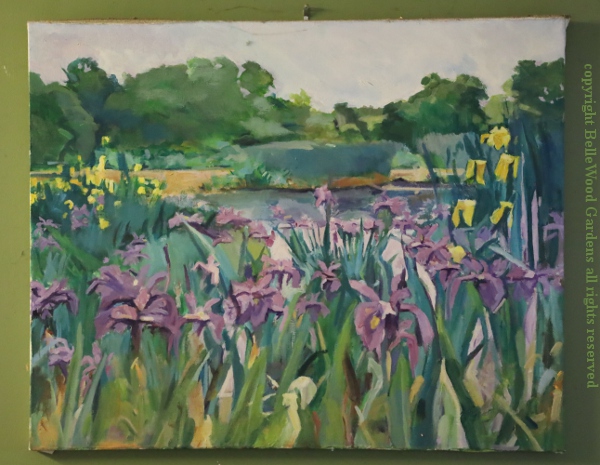
A painting of water loving iris not by Monet but rather by Mariellen Heffner.
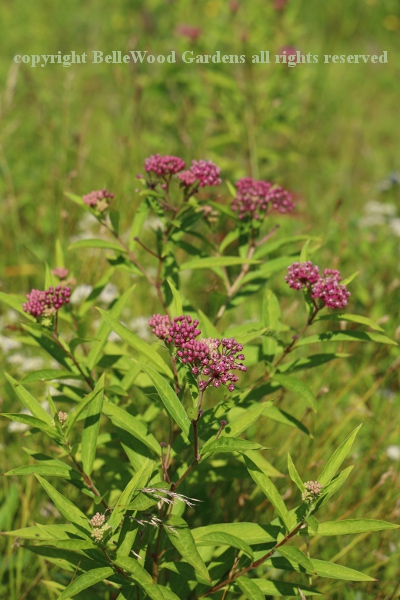
There are plants for all levels of water, from open ponds to moist soil.
Asclepias incarnata, as you might guess from its common name of
swamp milkweed, tolerates somewhat soggy sites but not standing water.
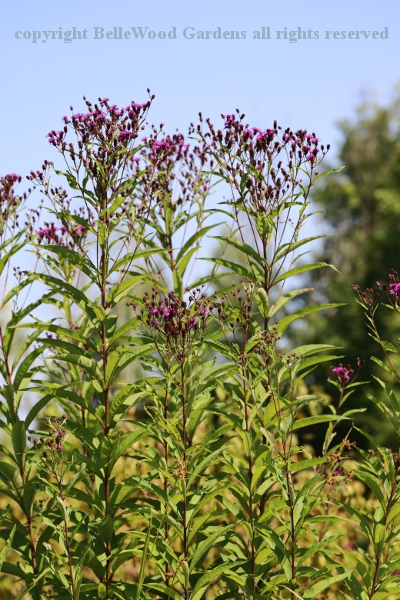 .
.
Another plant I found growing in the same damp area was ironweed, Vernonia nova-boracensis.
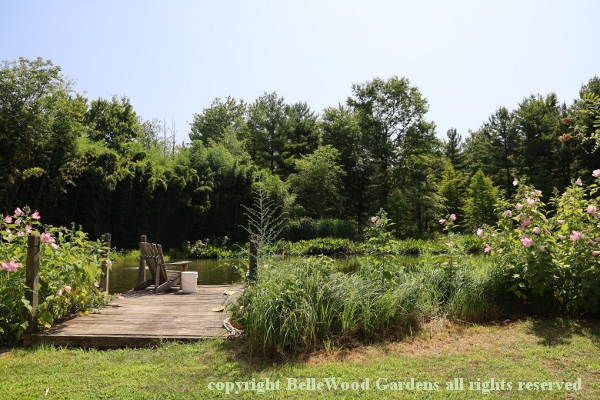
Hardy swamp mallow, Hibiscus moscheutos, is in bloom around the pond.
It may look like a shrub but this native hibiscus is an herbaceous perennial.
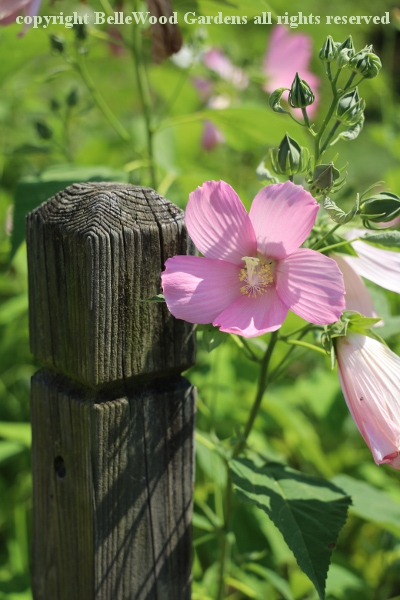
Flowers are usually pink, sometimes white, sometimes with a red eye.
Which explains the other common name of crimson-eyed rosemallow.

Room for expansion. New beds under construction. They'll be lined with plastic
to hold the water necessary for healthy growth of various water-loving plants.
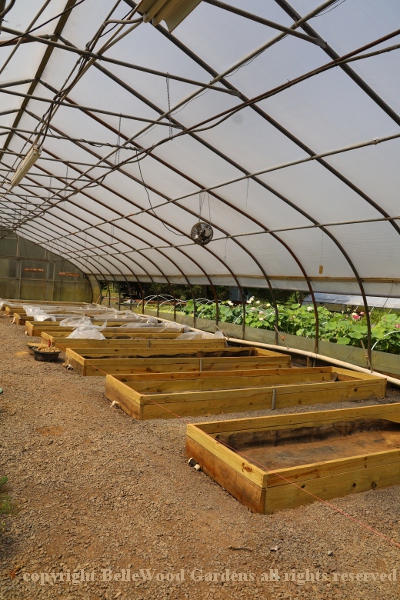
Outdoors, for the hardy plants. New beds in a greenhouse for the tender ones.
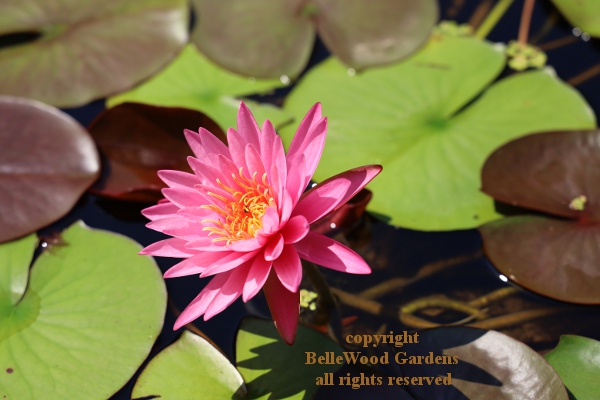
Water lilies are the quintessential water plants. Some are winter hardy, even in
Pennsylvania and New Jersey and further north. These are all day blooming, with
white, yellow, pink to red flowers held close to the water, unless very crowded.

Tropical water lilies have the same range of colors, and also come in blue.
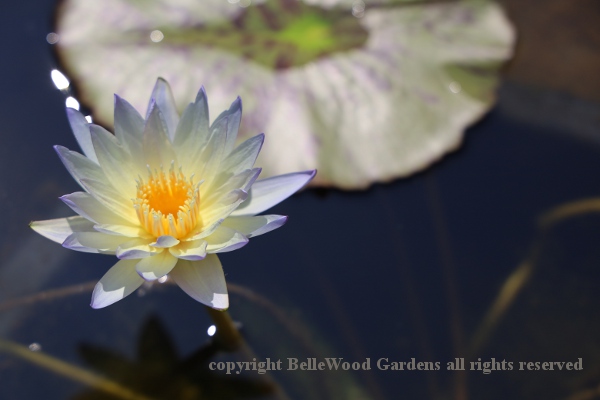
Some flower in the daytime while there are others that flower at night.

And tropical water lilies hold their flowers above the water's surface.
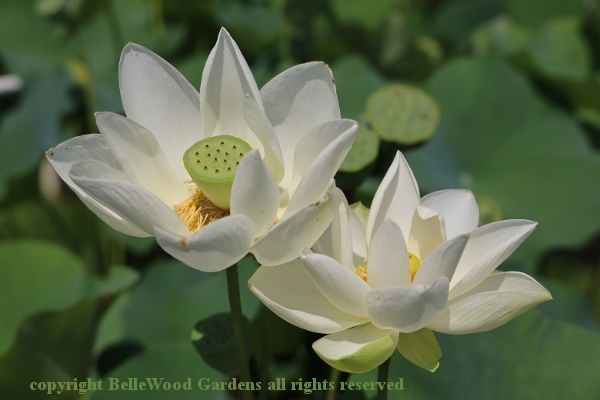
The other classic water plant is lotus, Nelumbo nucifera. Sacred in Buddhism
with the symbology of rooting in the muck, growing through the water and then
emerging into the sunlight to flower. The flower itself represents enlightenment.
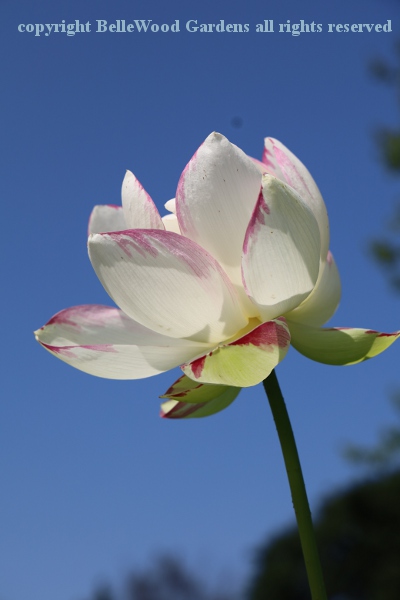
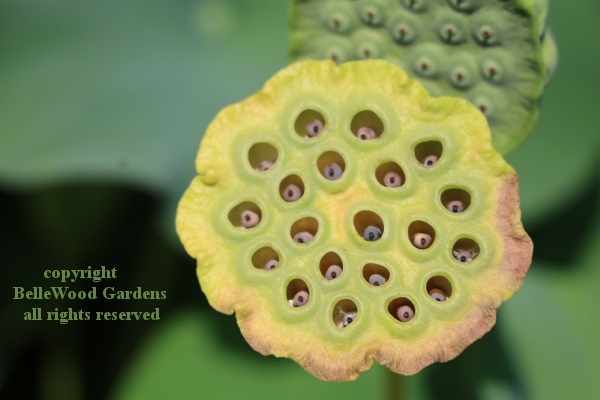
An immature seed pod of lotus reminds me of the rose on a watering can.
All parts of the lotus are edible or have another culinary use. Most familiar may be the rhizomes, extensively consumed as a vegetable in China and Japan. I see it in the produce section whenever I go to Asian markets. Fresh lotus seeds are also eaten, but usually available frozen or even dried. Young lotus stems are used as a salad ingredient in Vietnamese cuisine. Lotus flower tea is prepared from the dried petals of the white lotus, and the stamens can be dried and made into a fragrant herbal tea. While not consumed, the leaves of the lotus are used as a wrap for steaming rice, sticky rice, and other steamed dishes in Southeast Asian cuisine.
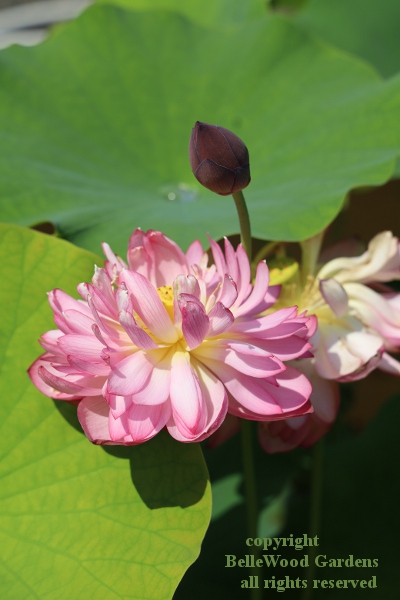
But here in the United States lotus is most commonly grown
for its especially attractive flowers. Its ultrahydrophobicity
(very water repellent leaf surface) - cannot wet - amuses me.

Perhaps the most exotic aquatic plant at Aquascapes is Victoria amazonica.
A short-lived perennial from the backwaters of the Amazon River, it can be
grown as an annual. Its leaves are so large that - if the weight is distributed
by a board - a small adult will be supported while sitting on the floating leaf.
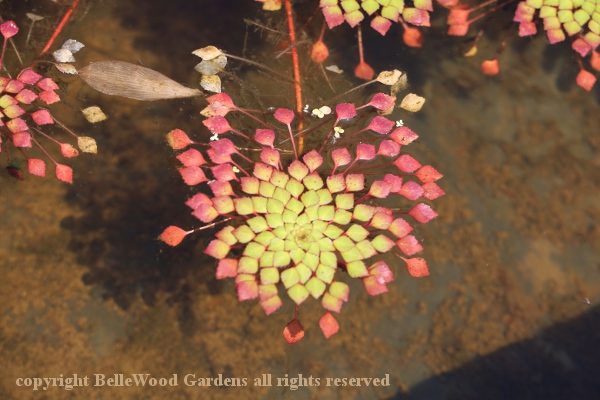
In one of the outdoor beds I came across this beautiful, well named mosaic plant.
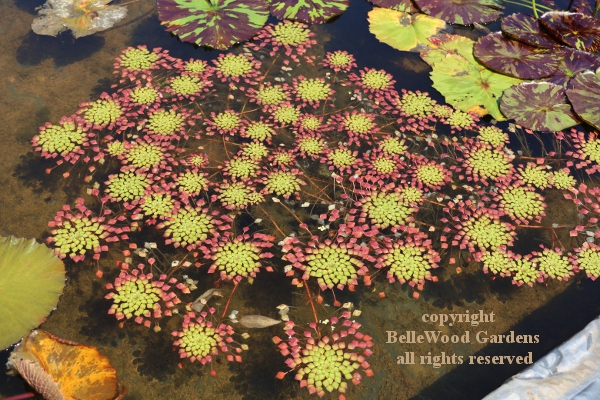
The geometry of Ludwigia sedoides is an excellent example of fractal geometry,
self similarity, with the smaller elements display similar patterns to the larger one.
If you want a more familiar example, look closely at the flower of Queen Anne's lace.
A wonderful summer morning at Aquascapes Unlimited Nursery.
Back to Top
Back to July 2019
Back to the main Diary Page